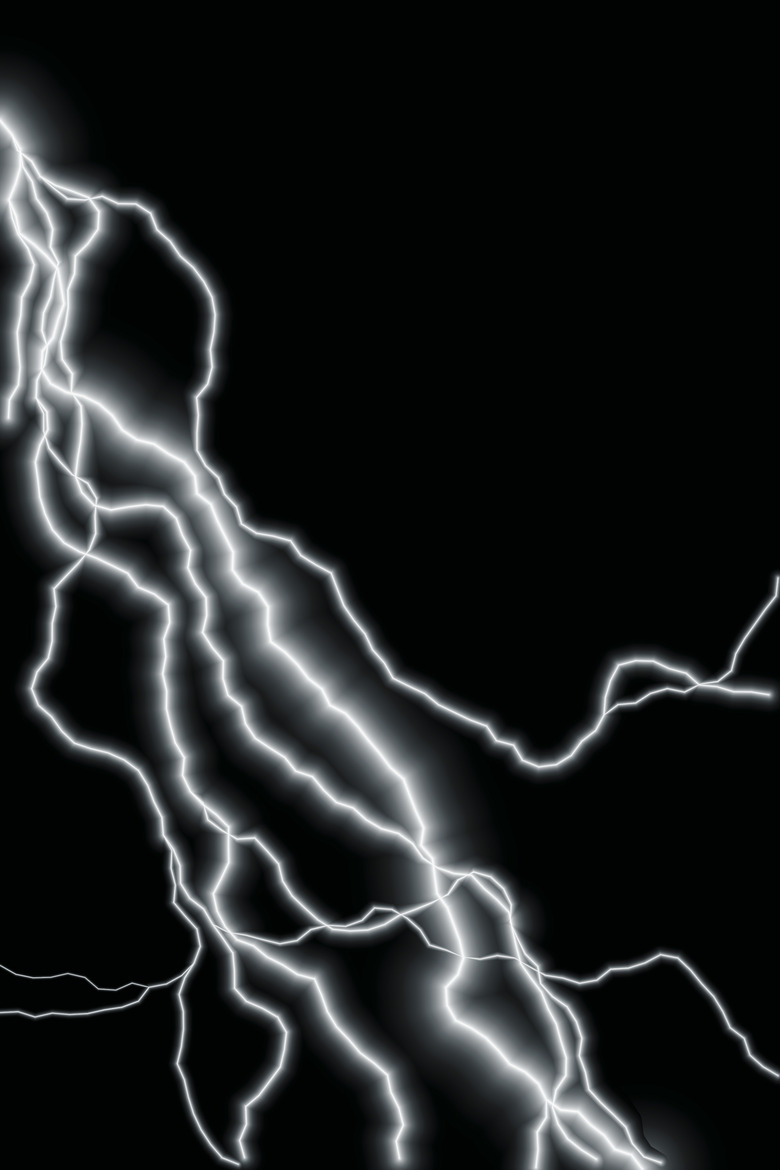How Do I Compare Frankenstein & Cloning?
Mary Shelley wrote the iconic book, "Frankenstein," in 1818 at the young age of 19. Already a mother and a wife, Shelley was tortured by thoughts of deformed and dead children. "Frankenstein" is as relevant today as it was nearly 200 years ago. Comparing Frankenstein's monster to modern-day science, the process of the creation of the monster and cloning is a topic addressed in high school English classes when Shelley's novel is studied.
Lack of Physical Reproduction
Step 1
Organize your paper into comparison format with an introductory paragraph (containing your thesis statement, which is the main idea of your paper), three body paragraphs, and a conclusion. Formulate a topic sentence for your first body paragraph showing the similarities of the monster's creation and cloning, which take place without a sexual union between a male and female. "Like Dr. Frankenstein's monster, cloning takes place without the act of a sexual union," is an example of a suitable topic sentence.
Step 2
Compare Dr. Frankenstein's monster's creation to the creation of a clone. According to the Human Genome Project, there are three types of cloning: DNA, therapeutic and reproductive cloning. DNA cloning involves transferring DNA from a donor to another organism. Therapeutic cloning, known as embryo cloning, involves harvesting stem cells from human embryos to grow new organs for transplant. Reproductive cloning creates a copy of the host.
Step 3
Show the similarities of the results of artificial creation. Dr. Frankenstein unwittingly puts a criminal brain into his monster, thus skewing the monster's behavior. Cloning is often unsuccessful. According to the Human Genome Project, sometimes it takes 100 attempts to create one successful clone and then resulting animal clones die early from abnormalities.
Use of Genetic Materials
Step 1
Formulate the topic sentence for your second body paragraph. Supply material from Shelley's novel to support the premise of your paragraph.
Step 2
Compare the monster's physical construction from body parts borrowed from dead bodies to the process of cloning, which borrows genetic materials from embryos.
Step 3
Show how the monster and reproductive cloning require electricity to create life. Dr. Frankenstein uses electric currents to stimulate the patched together dead body of his monster. According to the Human Genome Project, reproductive cloning requires a constructed egg containing donor DNA to be stimulated with electricity or chemicals to begin the division of cells, or life.
Issues of Ethics and Morality
Step 1
Write the topic sentence for your final body paragraph. "Today's cloning process, like the methods of creating life used by Dr. Frankenstein, arouse a controversy of morals and ethics," might be an appropriate topic sentence.
Step 2
Discuss how cloning and the monster, both forms of artificial life, are at odds with popular religious viewpoints and why this is a sensitive issue with some.
Step 3
Show the similarities between Dr. Frankenstein "borrowing" body parts from the dead and cloning borrowing genetic material from donor eggs or embryos–which some people believe are living human beings–in order to create life. According to the Human Genome Project, some day scientists hope to use therapeutic cloning to grow body organs and parts for transplant.
TL;DR (Too Long; Didn't Read)
Your conclusion will consist of a summary of your thesis statement and the three premises found in your three body paragraphs.
Cite This Article
MLA
Harding, Louise. "How Do I Compare Frankenstein & Cloning?" sciencing.com, https://www.sciencing.com/compare-frankenstein-cloning-4857/. 24 April 2017.
APA
Harding, Louise. (2017, April 24). How Do I Compare Frankenstein & Cloning?. sciencing.com. Retrieved from https://www.sciencing.com/compare-frankenstein-cloning-4857/
Chicago
Harding, Louise. How Do I Compare Frankenstein & Cloning? last modified August 30, 2022. https://www.sciencing.com/compare-frankenstein-cloning-4857/
